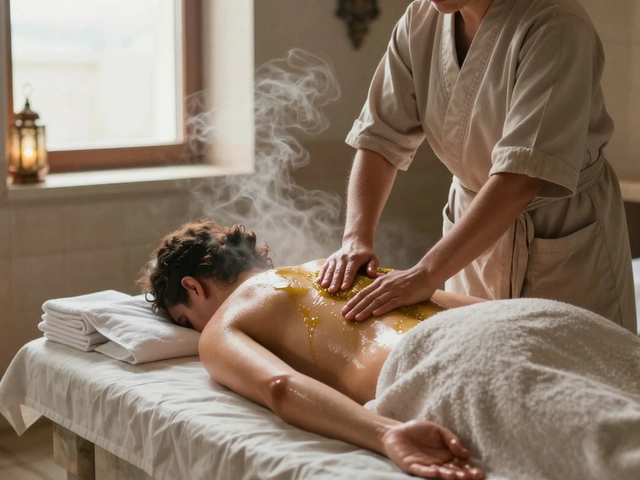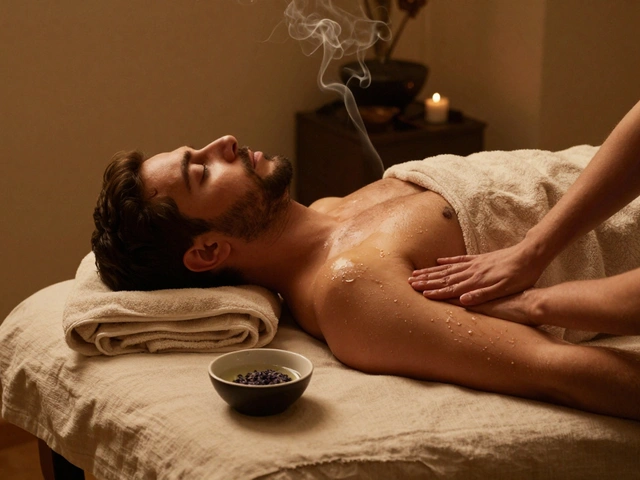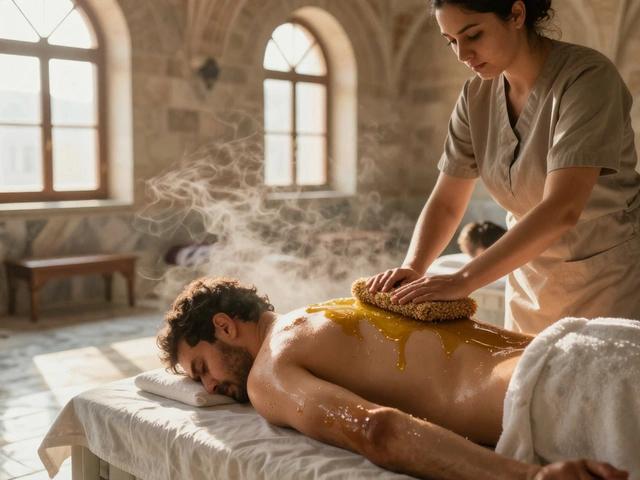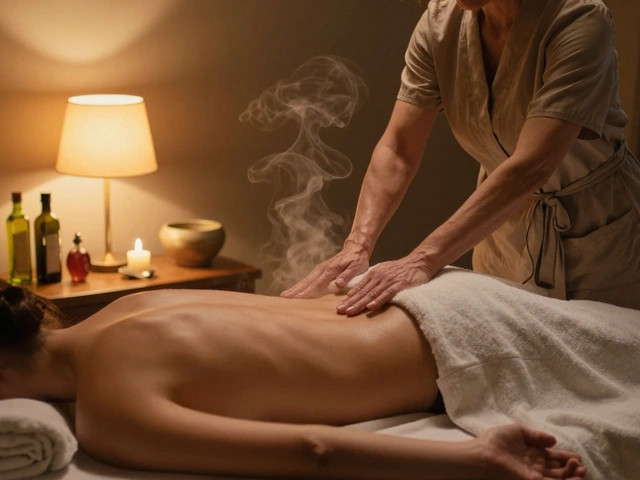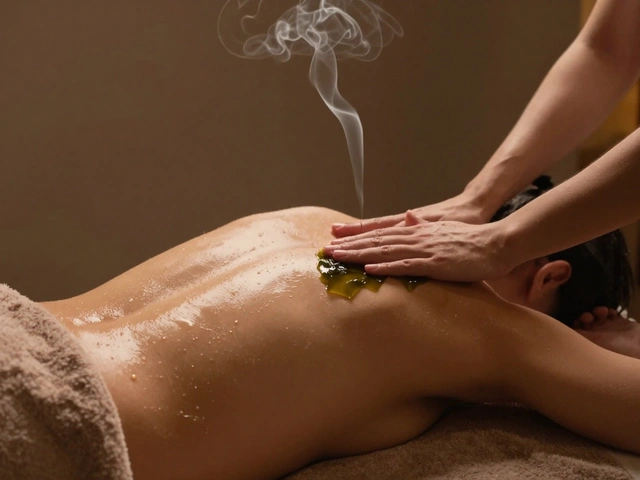Ever found yourself melting into a massage table and wondered who first brought such soothing magic to Istanbul? The city’s massage scene isn’t just about quick pampering. It’s filled with daring spirits who challenged old ways and crafted a haven for real healing. Before wellness became a buzzword, a small group of pioneers saw the potential to blend centuries-old Turkish traditions with innovative therapies from around the globe. These visionaries didn’t just want to help people relax — they set out to transform the idea of massage from luxury to art, therapy, and even community. So here’s your behind-the-scenes look at the figures who changed the game and turned Istanbul into the wellness hotspot it is today.
Key Insights From the Trailblazers of Massage Therapy in Istanbul
- The first official spa in Istanbul opened its doors in the late 1980s, challenging the city’s love affair with the classic hammam.
- Modern pioneers introduced Swedish, Thai, and Shiatsu techniques, blending them with traditional Turkish relaxation rituals.
- Many of Istanbul’s leading therapists trained both abroad and locally, giving the city a unique blend of East-meets-West approaches.
- Some of the city’s most popular spas are family-run, with secrets passed down like recipes.
- Professional massage therapy is now recognized in Turkey as an official occupation, thanks in part to early advocates who pushed for certification and standards.
Direct Answer: Who Are Istanbul’s Massage Therapy Pioneers?
If you want the quick scoop, here it is. Istanbul’s massage therapy pioneers are a group of therapists, spa owners, and educators who introduced international massage techniques to Turkey in the late 20th century. Standouts include Sedef Tunca — known as the "Mother of Modern Massage" in Istanbul — who opened the landmark Lotus Spa in 1987, and Dr. Emre Gürel, whose workshops in the 1990s made massage therapy a serious profession. Turkish-German practitioner Pelin Ada brought Thai massage techniques from Bangkok, while the Yılmaz family is famous for updating the classic hammam experience into something truly holistic. Their bold innovations made Istanbul a go-to for both traditional and modern therapies.
Comprehensive Guide: How Istanbul Became a Massage Therapy Capital
Think about this: for centuries, the ultimate Turkish wellness ritual wasn’t massage at all. It was the hammam. Picture marble steam rooms, clouds of eucalyptus, and attendants scrubbing away a week’s worth of stress. But something changed in the 1980s when travelers from Europe and Asia started asking for familiar treatments — not just baths. A few adventurous locals listened. Sedef Tunca, freshly returned from her studies in Sweden, shocked her conservative family when she first opened a cozy studio in Beyoğlu. She combined Swedish reflexology with deeply-rooted Anatolian oil blends, teaching Istanbul that relaxation could mean more than a hot steam and a brisk scrub. Her early workshops grew legendary, so much so that by 1993, Istanbul boasted over 20 spas featuring international and Turkish massage styles.
The drive didn’t stop with imported techniques. Dr. Emre Gürel, a physical therapist with global experience, created Turkey’s first professional massage certification course at a major university. He pushed for therapists to gain medical understanding, standards for hygiene, and respect for the role of touch in wellbeing. Pelin Ada, on the other hand, trekked through Thailand before bringing back the secrets of assisted stretching and rhythmic palm work. She built her reputation by training dozens of therapists, many of whom now run their own popular massage centers in Kadıköy and Beşiktaş.
This blend of local and international knowledge wasn’t just about making tourists happy. Istanbul natives soon realized massage could help with back pain from desk jobs, sports injuries, and the everyday aches of city living. Today, you’ll meet therapists who studied aromatherapy in France, lomi-lomi in Hawaii, and deep tissue techniques in Russia — all adding their own flavor to Istanbul’s expanding wellness menu. The city quickly changed from having a few traditional hammams to being stuffed with more than 300 spas and massage studios, each with their own story and specialty. The pioneers weren’t just trendsetters. They raised the bar for quality, safety, and empathy in touch, making sure Istanbul’s massage scene keeps growing and innovating every year.
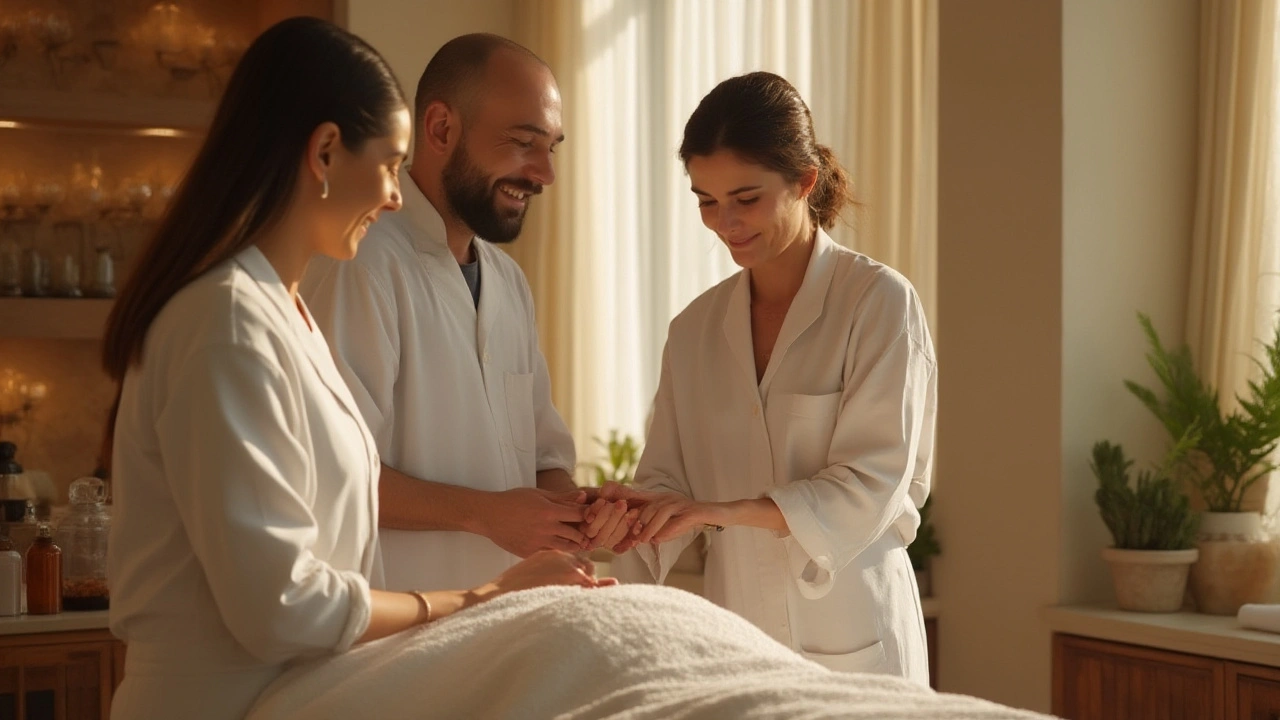
Benefits of Modern Massage Therapy in Istanbul
So, why all the fuss about these new methods? Well, Istanbul’s new generation of therapists offer more than just a chance to unwind. People here now treat massage therapy as a legit ticket to better everyday health. Whether you’re a local winding down after a tram commute or a visitor jet-lagged from an overseas flight, there’s research to back up the healing hype. University data from 2023 shows that regular massage can reduce chronic stress levels by 30%, boost sleep quality, and even help lower blood pressure — key for a high-energy city like Istanbul. Therapists often tailor their style to suit your aches: need something deep for stubborn knots? You’ll find experts in trigger point and deep tissue therapy. Want a gentle, tranquil escape? Aromatherapy massages use essential oils like Turkish rose or lavender, making it a full sensory ride.
But the benefits don’t stop at your muscles. A well-trained masseur can pick up on the tension you didn’t even know you carried — between your shoulder blades, under your scalp, or in your calves. After a few sessions, many regulars say massage has helped them manage migraines, anxiety, or chronic stiffness. Istanbul’s craftiest therapists even blend local ingredients, like olive oil from Ayvalık or mint picked on the Princes’ Islands, into their service, turning it into a real taste of the region. Story after story bubbles up about hard-working professionals who swear that monthly sessions at a pioneer-run spa keep them sane during Istanbul’s hectic workweeks. If you think massage therapy is just a luxury, spend an hour with one of these experts and see how it can transform your mood—and maybe even your outlook on self-care.
Massage Styles Offered by Istanbul’s Wellness Pioneers
Not all massages are created equal, especially in Istanbul, where variety is the spice of relaxation. Want to dip your toes into the world of touch? Start with the classic Swedish massage: lots of long strokes, perfect for first-timers or anyone wanting to just relax. Looking for something more hands-on? The city’s Thai massage specialists use a blend of gentle pressure and yoga-like stretching — don’t be surprised if you leave feeling taller and looser. And then there’s the deep tissue approach, great for tense office workers or athletes who collect muscle knots like souvenirs. Most of the big-name spas and wellness centers offer a menu featuring hot stone, aromatherapy, sports, and even reflexology foot massages, so you can find the exact fit for your body and mood.
What sets Istanbul apart, though, is the way these styles are woven together. The top pioneers mix massage styles like a DJ blends tracks at a nightclub. Sedef’s team at Lotus Spa might kick off your session with a Turkish foam scrub, then move into an oil-based therapeutic massage, finishing with head and neck work that feels like a mini-vacation inside your own body. In family-run spots, you’ll often find multi-generational therapists adding special touches: herbal compresses, hand-blended oils, or signature sequences passed down through the years. Want something more niche? Some spas specialize in prenatal massage, sports recovery, or even couples' relaxation, giving everyone a way in. Here’s a quick look at the city’s main offerings:
| Massage Type | Origin | Best For |
|---|---|---|
| Swedish | Europe | Relaxation, first-timers |
| Deep Tissue | Western | Persistent pain, muscle tension |
| Thai | Thailand | Flexibility, energy flow |
| Medical | Turkey (modernized) | Injury recovery, targeted therapy |
| Aromatherapy | Europe/Middle East | Stress relief, sensory treat |
| Hot Stone | International | Deep relaxation |
Even if you’ve tried massage elsewhere, Istanbul’s blend of old and new is a category of its own. People raving about a "breadth of touch" or a "Turkish twist" aren’t exaggerating: you’ll almost always find something you’ve never tried before.
Tips for Booking, Safety, and Making the Most of Istanbul’s Massage Scene
So, ready to try a session yourself? Here’s what you need to know before you choose your spot. First, don’t just walk in anywhere — Istanbul’s best-known pioneers run reputable studios that usually require booking ahead. Online reviews are a goldmine: look for returning customers and therapists who personalize treatments. Many established spas offer packages for regulars, so if you fall in love with a place, you can save on sessions. Always check for proper credentials: all professional massage therapists in Turkey must be certified, and top spas will gladly display these. Avoid the too-good-to-be-true deals; while you can get a great massage at many prices, serious professionals set fair rates, not rock-bottom bargains.
Here’s what a usual session looks like: you’ll fill out a short health form, letting your therapist know about any injuries or sensitivities. Don’t be shy about your needs — those first few minutes set the tone for a custom treatment. Most places provide secure lockers, soft robes, and even a cup of herbal tea before or after. If you’re worried about privacy or modesty, know that reputable spas are extremely discreet; you’ll always be able to undress to your comfort level, and draping is standard. Most 60-minute sessions cost between 800 and 1,500 Turkish Lira (around $25–$50 USD as of mid-2025), but luxurious suites, specialty oils, or add-on facials can push things higher. Double-check the price at booking, and confirm if you need to leave a deposit, especially for peak weekend slots.
Want to stay safe and comfy? A few rules will help: always wash your hands before and after, skip the massage if you’re sick, and let your therapist know if you’re pregnant or have any major health issues. If anything feels uncomfortable — pressure, temperature, or talk — speak up. Good therapists are pros at adjusting to your feedback. Oh, and skip heavy meals beforehand. You’ll enjoy it much more with a light stomach. If you’re a spa first-timer, start with a shorter session or a classic style before diving into deep tissue or specialty treatments. In Istanbul, from chic hotel spas in Nişantaşı to cozy, family-run studios in Balat, the focus is always on making you feel amazing — with that trademark warmth you’ll only find in this city.

FAQ: Massage Therapy Pioneers & Experiences in Istanbul
massage therapy Istanbul
- Who was the first to bring modern massage therapy to Istanbul? Sedef Tunca and Dr. Emre Gürel are widely credited for launching the movement in the late 1980s and early 1990s.
- How do I know if my therapist is qualified? All professionals in reputable spas should have official certification displayed. Ask to see proof if you’re unsure!
- Are there massage styles unique to Istanbul? Many therapists blend Turkish hammam rituals, local oils, and international techniques for a city-only experience.
- Is massage therapy common among locals or just tourists? While tourists love it, locals also book regular sessions for stress relief, pain management, and self-care, according to a survey by Istanbul University Wellness Department in 2024.
- When’s the best time to get a massage in Istanbul? Locals recommend weekdays or early mornings to avoid crowds, especially during busy tourist seasons.
Ready to experience Istanbul’s signature blend of touch, tradition, and innovation for yourself? Booking a session at one of the city’s pioneering spas could be the first step toward a brand new state of relaxation.

